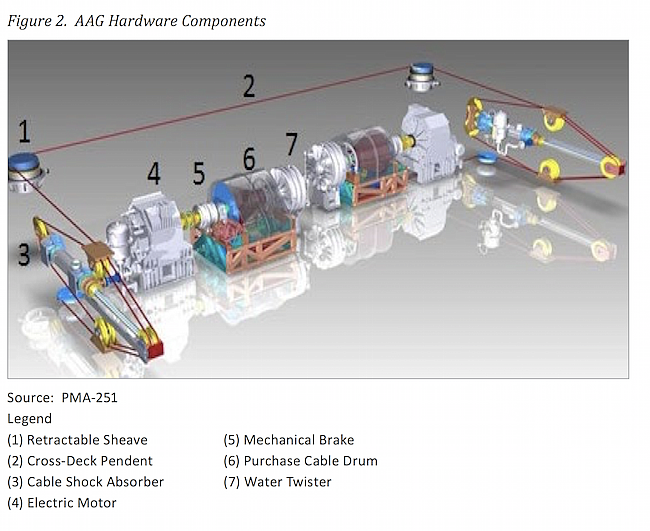Finally the official evidence that USN is pursuing "MVDC" as well after PLAN has leapfrogged.
A report just published.
Page 28
Note: there is no long-term in the report
Page 29
Page 30
There are other interesting things I have not fully digested such as their primary mover's configuration (seems to be 25M+15M). Overall, very informative.
A report just published.
Page 28
Why AC is bad, DC is good.
- Mid-term: Capitalize on the rotational inertia of generators, essentially spinning energy storage currently not exploited. Implementation is currently constrained by the requirements of 60 Hz AC distribution to maintain frequency within tight deviation tolerances. MVDC distribution systems can decouple the frequency interaction between components enabling operational constraints to be lifted.
Note: there is no long-term in the report
Page 29
USN is to develop MVDC from 2019, it does not have it yet. Professor Ma said that China is 10(?) years ahead of any other countries. This is the admission by US.This new distribution system should meet an updated interface (Draft MIL-STD-1399 Navy Section LVDC and Section MVDC) and enable flexible power generation line-ups and generator frequency decoupling. (Note: this can enable GTGs to operate for optimal fuel consumption increasing a ship’s endurance).
DEVELOPMENT APPROACHThe focus is on developing the knowledge and technology (objective quality information) necessary to develop and test an MVDC distribution system up to 12kVDC that enables future load flexibility.
Page 30
The projected circuit breaker is expected latest 2023. The full system is expected to be latest 2037, that is almost 20 years later than PLAN.DISTRIBUTION SYSTEM (2019-2037)MVDC circuit protection has been identified since 2008 as one of the high-risk areas for the implementation of a MVDC distribution system.
CHALLENGES
...
- Transition the 1kVDC and 12kVDC fast-acting solid-state circuit protection devices currently under development. These devices shall be capable of high-speed detection, clearing, fault localization, and be integration tested by 2023.
- Develop a disconnect switch to work in conjunction with power conversion to perform circuit isolation functions at 1kVDC and 12kVDC by 2023. This is necessary in power conversion-based circuit protection where power converters are used for fault localization, coordination, and isolation.
CONTROLS: (2019-2037)A control system is defined as a system that manages, commands, directs, and regulates the behavior of other devices or systems. These actions are affected by algorithms, the processing units they run upon, and effector devices. Controls will allow optimum management of the energy-time-power problem to provide power when and where it is needed.
There are other interesting things I have not fully digested such as their primary mover's configuration (seems to be 25M+15M). Overall, very informative.
Last edited:

